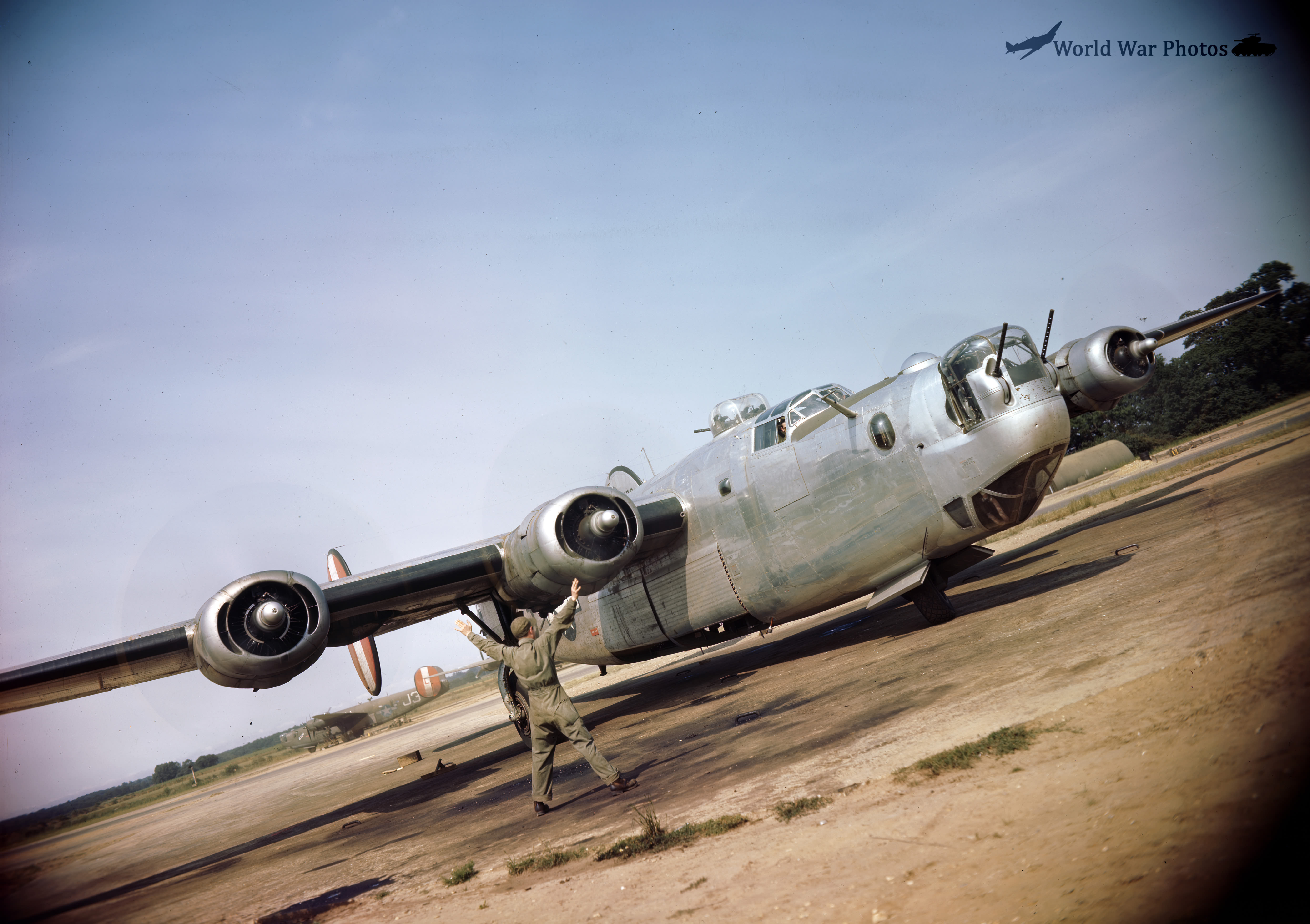Experiments and Transition to Bare Metal Finish in USAAF Aircraft (1942-1944)
Context and Motivation:
- Early Experiments (1942-1943): In the United States, between 1942 and 1943, various experiments were conducted to explore the potential benefits of discontinuing camouflage paint on military aircraft. These experiments aimed to identify speed gains, weight savings, and potential increases in production efficiency.
- Speed and Weight Benefits: Initial experiments suggested that removing the paint could lead to speed increases ranging from 5 to 25 mph. Additionally, it was estimated that weight savings could be as much as 70-80 lbs on heavy bombers and 15-20 lbs on fighters. This, combined with the reduced costs and man-hours associated with the application of camouflage, made the idea appealing to Materiel Command.
Field Experiments:
- Aircraft Used: Two specific aircraft were involved in early field experiments:
- B-17F (Serial No. 42-29780): Modified as a transport aircraft for the Headquarters of the 3rd Bomb Division, this aircraft was stripped of its camouflage and appeared in a bare metal finish in August 1943.
- B-26B Marauder (Serial No. 41-18014): This aircraft also appeared in a bare metal finish around the same time.
- Outcomes: The results of these experiments were inconclusive. Although some benefits were observed, they were not sufficiently compelling to immediately justify a widespread change.
Materiel Command’s Decision:
- Pressing Ahead: Despite the inconclusive results, Materiel Command pushed for the discontinuation of camouflage paint, emphasizing the potential advantages of cost and time savings. In October 1943, plans were announced to stop painting most types of combat aircraft.
- Factory Implementation: The transition to bare metal finishes began at the factories on various dates:
- B-17 Flying Fortresses: The first bare metal B-17s were accepted from the Vega factory in mid-December 1943. However, these aircraft did not reach the 8th Air Force squadrons until mid-February 1944.
- B-24 Liberators: Unpainted B-24s did not leave production lines until February 1944. The first B-24 assigned to an 8th Air Force combat group was B-24J 44-40052, joining the 389th Bomb Group at Hethel on 6 April 1944.
- Fighters (P-38, P-47, P-51): The first natural metal-finish fighters, specifically P-38 Lightnings, arrived in combat units in February 1944, with P-47 Thunderbolts and P-51 Mustangs following in late March 1944.
Operational Transition:
- Integration into Units: Given that these “silver” aircraft would be conspicuous among their camouflaged counterparts, they were initially concentrated in selected units. These units did not use the bare metal aircraft in operations until enough were available to form a complete flight or squadron formation.
- 457th Bomb Group: This group, based at Glatton, was the first to use bare metal-finished B-17s in significant numbers.
Effectiveness and Pilot Feedback:
- Performance Comparison: While the main benefit of discontinuing camouflage was the saving in production costs and time, the actual performance gains in combat were minimal. Speed tests showed gains of 4 to 7 mph, depending on the aircraft’s size and model. However, these gains were not universally appreciated in operational settings.
- Pilot Opinions: Some fighter pilots reported that a polished and beeswaxed camouflage finish could offer greater speed than a bare metal finish, contradicting the expected advantages of the latter.
- Bomber Operations: In bomber formations, operational speed requirements revealed no significant speed differences between painted and unpainted aircraft, further questioning the practical advantages of the switch to bare metal finishes.
Overall, while the transition to bare metal finishes was largely driven by production efficiency and minor speed gains, the practical benefits in combat were not as pronounced as initially anticipated. The shift ultimately reflected a balance between wartime resource management and operational needs.
